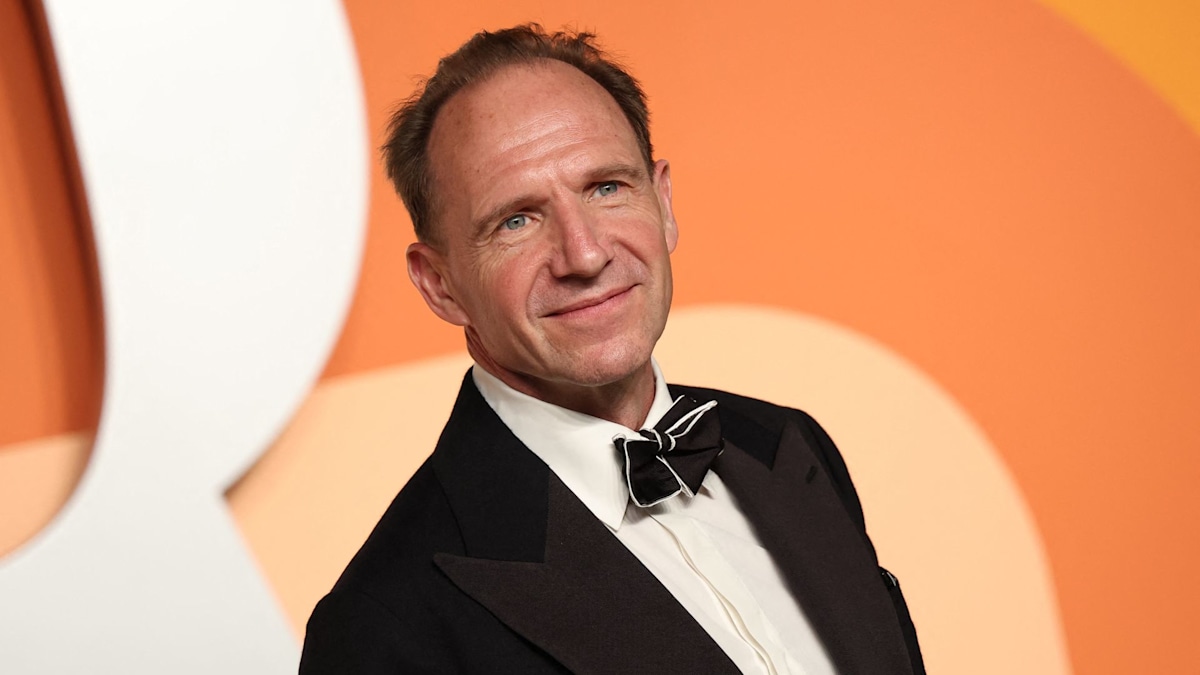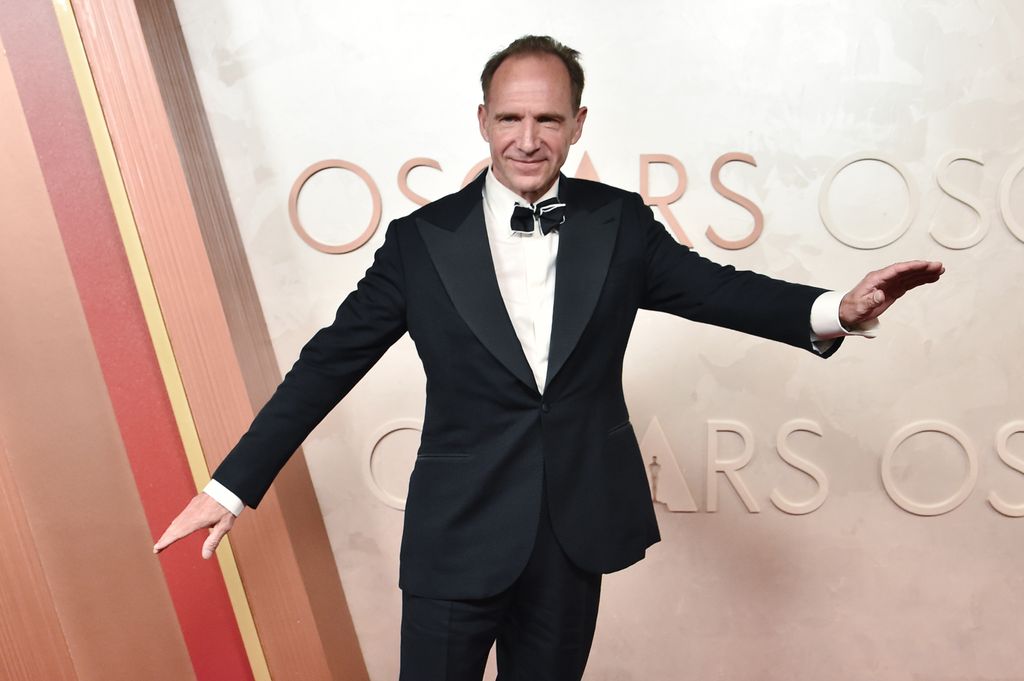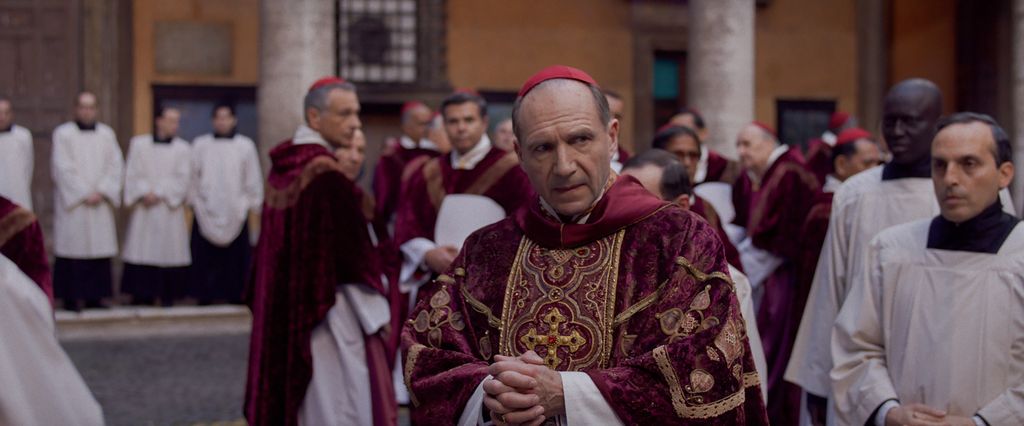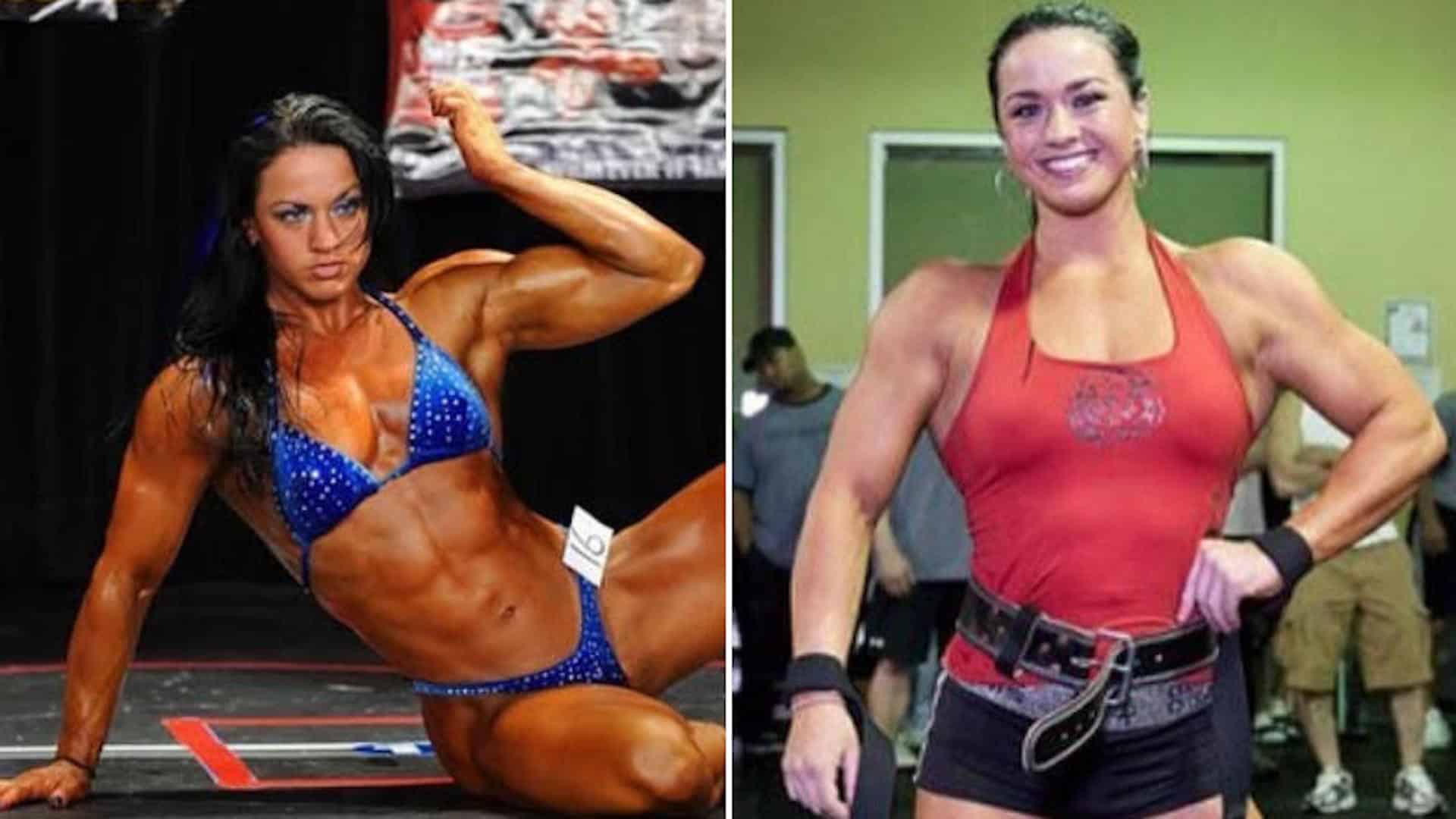Harry Potter star Ralph Fiennes has always been admired for his impressive acting skills, but the 62-year-old has now turned heads for an entirely different reason.
The Voldemort actor underwent a total body overhaul ahead of starring in a remake of The Return. His personal trainer Dan Avasilcai put the thespian through five months of training, two of which included a regime of weight training and running combined with a diet rich in protein, complex carbohydrates and vegetables.
Ralph’s trainer shared several photos of Ralph post-transformation on social media, with the actor’s makeover causing a furore among fans, with the star almost unrecognisable from his recent role as Cardinal Lawrence in the political thriller Conclave.
Keen to understand the level of work that goes into Ralph’s epic transformation, we spoke to personal trainer Jack Claxton, who works at David Lloyd Clubs, for his take on Ralph’s new physique.
Ralph Fiennes’ training regime
“The routine to get a physique like Ralph’s would be intense – but that’s what is needed for the consistency and discipline to get your body fat down considerably.”
Jack notes that the amount of work needed to get into Ralph’s shape depends on your starting point. “I would aim for four or five gym sessions a week, mixing strength and an athletic style of training,” Jack suggests.
“The strength training would consist of an upper and lower body split twice a week and a core/cardio type programme to hit the athletic side.”
Ralph’s recovery
Prioritising recovery is essential when working at this level, implores Jack. “Regular visits to a sauna and plunge pool, plus active recovery such as walks and swimming will ensure you don’t get injured and keep your mobility up.”
Strength training in your 60s
In later life, our approach to fitness needs to be different. “In our sixties, we’re not just training for aesthetics, we’re training for longevity and independence,” says GymBox’s Ronni McKay.
“My biggest tip is to skip generic plans. Work with a trainer who understands the unique needs of older adults and build something tailored. People think it’s about doing what you used to do – when it’s really not! It’s about doing what works now – safely and consistently.”
As Jack notes, at 62, a holistic approach to fitness is needed, and most of us won’t be able to plunge into fitness headfirst in Ralph’s way.
“For a beginner, I’d take a gentler approach of two or three weight training sessions per week,” says Jack.
“For beginners, the exercises would be lower impact but still include resistance training. I would suggest sticking with machines and not overcomplicating the workout with free weights straight away.”
He notes that there should still be an element of cardio, adding: “It’s still important to include something that’s going to improve your VO2 max such as cardio training. To achieve progress, we would recommend an upper body resistance session, a lower body resistance session and a core and steady state cardio session.”
Ronni agrees with the importance of recovery, adding: “For a man in his 60s looking to follow suit, I’d recommend a smart, balanced routine that prioritises strength, mobility, and recovery.
“There should be a focus on compound movements such as squats, deadlifts, rows, and presses,” Ronni continues. “These exercises hit multiple muscle groups and build functional strength. Add in isolation work to support joint health and build shape. Daily mobility drills (even just five to 10 minutes) can make a huge difference in how you move and feel.
Whether Ralph has kept up his intense regime, we’ll have to wait and see…







